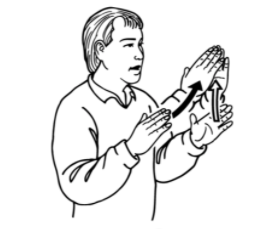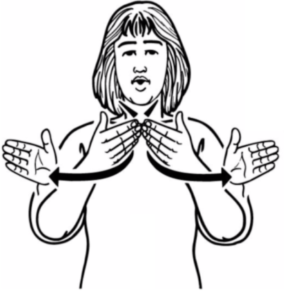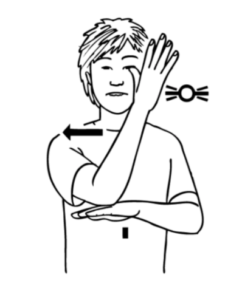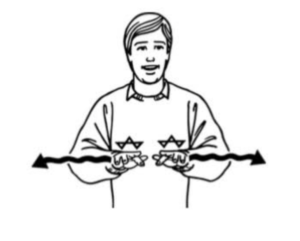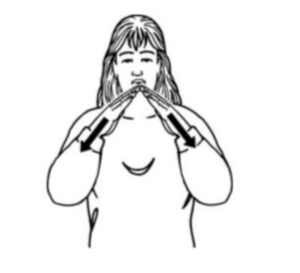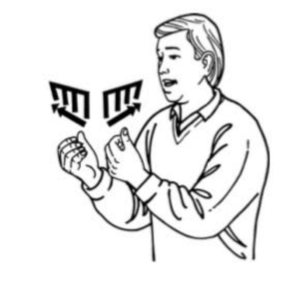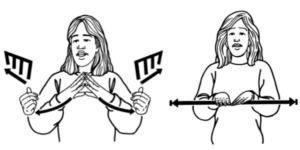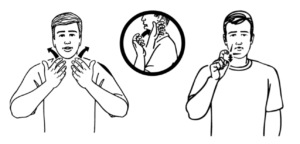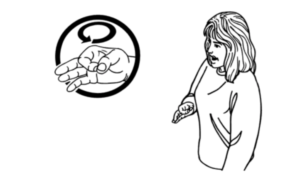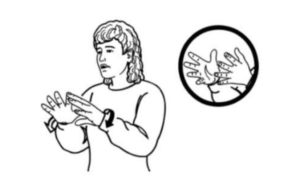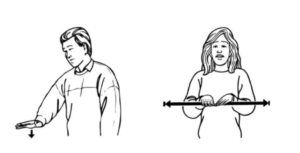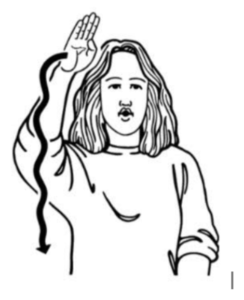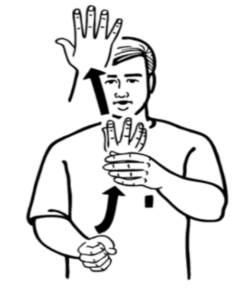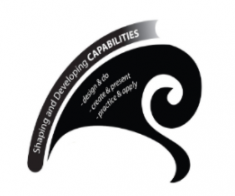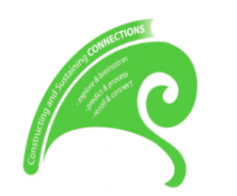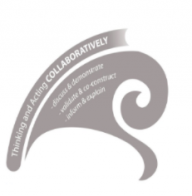Innovative Learning Environments
Our school is an Innovative Learning Environment (ILE). We want to be designers of learning within an ecosystem that includes both the activity and the outcomes of the learning.
Whakatauki: “Tangata ako ana i te whare, te turanga ki te marae, tae ana” which translates to “a person who is taught at home (habitat) will stand collected on the Marae (school)”. Each of our learning spaces is a ‘habitat’. A habitat is a space and a place for our people (learners) and learning. Each Habitat is furnished with the learners in mind and we believe that all the space belongs to the learners. We provide a range of different furniture to do this. For some learners, this may mean a traditional table and chair but for others, it may be a standing table, a stool, a kneeler table, a floor cushion or the floor itself.
A place to:
- Live, learn and grow.
- Belong.
- Make connections.
- Be curious.
- Be collaborative.
- Build capabilities.
Each of our Habitats has 4 niches:
- MakerSpace; a creation zone, to learn either collaboratively or independently.
- MySpace; a quiet, contemplative, reflective space to do independent learning.
- MediaSpace; a space to create content, practice, perform and explore.
- MeetingSpace; a place to carry out learning conversations with others, focused-shared collaborative learning.
These four niches are purpose built but remain flexible so they may be used in other ways.
Our Habitat Names
We have chosen to give our Habitats names to further enhance our school and the connections both within our school and to the past, present and future.
In Aotearoa, there are eight different types of natural habitats. Each Learning Habitat will celebrate the two official languages of Aotearoa – Te Reo and NZSL
English |
Alpine |
Te Reo |
Maunga |
English |
Estuary |
Te Reo |
Ngutuawa |
English |
Forest |
Te Reo |
Ngahere |
English |
Marine |
Te Reo |
Moana |
English |
Creek |
Te Reo |
Pūkaki |
English |
Camp |
Te Reo |
Taupuni |
English |
Beach |
Te Reo |
Tāhuna |
English |
Pond |
Te Reo |
Hāroto |
English |
Wilderness |
Te Reo |
Koraha |
English |
Dryland |
Te Reo |
Pākihi |
English |
Fresh Water |
Te Reo |
Wai Māori |
English |
Island |
Te Reo |
Moutere |
English |
Wetland |
Te Reo |
Kūkūwai |
English |
Rocky Shore |
Te Reo |
Tokatoka |
English |
Lowlands |
Te Reo |
Raorao |
English |
Coast |
Te Reo |
Takutai |
English |
Volcano (Ko Taku Reo) |
Te Reo |
Puia |
We require all of these different types of habitats to make Aotearoa and we need all of our Learning Habitats to make Ormiston Primary School.
Welcoming Many Cultures and Ethnicities
We welcome many different cultures and ethnicities into our school. We view this as a taonga and it represents the many tribes of the world gathered here at Ormiston Primary. Our logo displays the four koru of the circle which symbolise the four winds, Nga Hau E Wha.
We believe that it is important that we acknowledge the uniqueness of Aotearoa and work together with our learners and their whanau to share the knowledge and vital importance of our natural environment.
We will utilise the different habitat names to work as a catalyst for educators and learners to ensure they have the knowledge and respect for the natural world.

